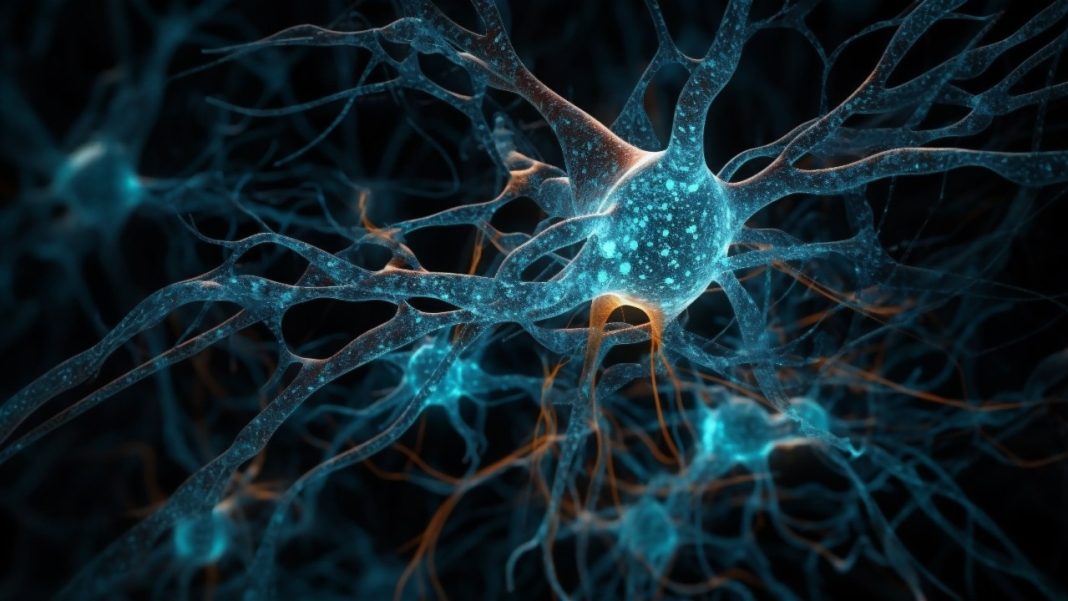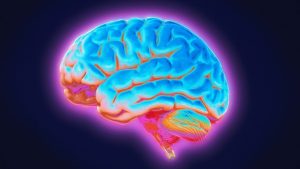Key Takeaways
- World’s largest dream database reveals dreams occur in both REM and non-REM sleep
- AI can predict when someone is dreaming by analyzing brain activity
- Database combines 2,600+ awakenings from 500+ participants across 20 studies
Scientists have made a breakthrough in understanding what happens when we dream by creating the world’s largest database of brain activity during sleep. The DREAM project challenges long-held beliefs about when dreaming occurs and uses artificial intelligence to predict dream states.
Unprecedented Dream Research Database
An international team of neuroscientists has unveiled the world’s largest open-access database of brain activity during sleep and dream reports. Called DREAM (Dream EEG and Mentation), the project compiles more than 2,600 awakenings from over 500 participants across 20 separate studies.
Published in Nature Communications, this initiative represents a collaboration among 53 researchers from 37 institutions across 13 countries. Coordinated by Monash University in Australia, the database integrates EEG and MEG recordings with detailed dream descriptions.
Overturning Conventional Wisdom
The first analyses of the database overturned the conventional belief that dreams occur only during rapid eye movement (REM) sleep. Researchers discovered that dreams also arise during deeper, calmer non-REM stages.
During these NREM stages, the brain’s electrical patterns resemble wakefulness rather than deep rest—as if the brain were “partially awake.” This finding challenges fundamental assumptions about sleep stages and dreaming.

AI Predicts Dream States
Using artificial intelligence models to analyze brain activity before awakenings, scientists could accurately predict whether a subject was dreaming at that moment. This technological advancement opens new possibilities for studying consciousness during sleep.
Giulio Bernardi of the IMT School for Advanced Studies Lucca, one of DREAM’s coordinating researchers, called the project “a decisive step toward a unified understanding of the sleeping mind.”
Global Collaboration for Sleep Science
By pooling data across institutions, DREAM not only standardizes how sleep and dreams are studied but also enables new questions about the relationship between neural activity, consciousness, and vivid internal experiences.
Freely accessible at Monash University’s Bridges platform, the database invites global collaboration. This sets the foundation for the next era of sleep science, bringing researchers closer to answering one of humanity’s oldest questions: what happens when we dream?





